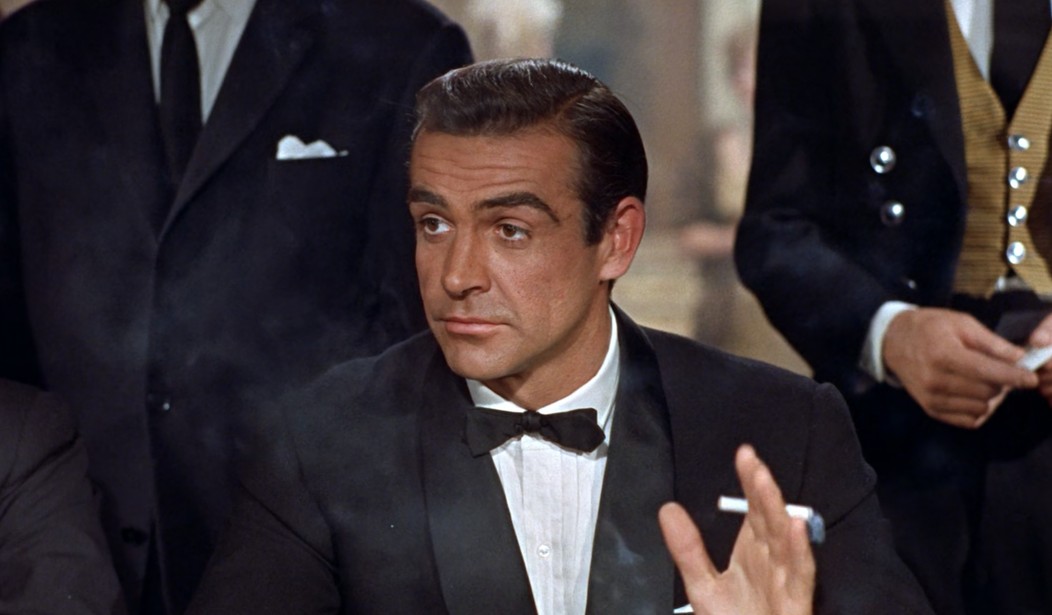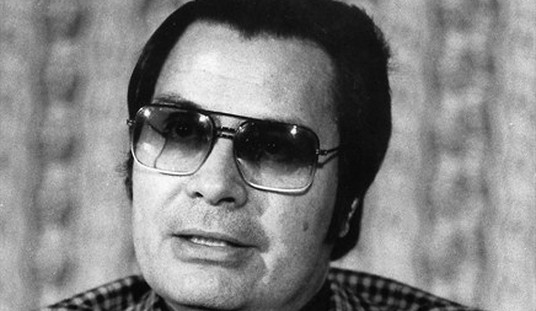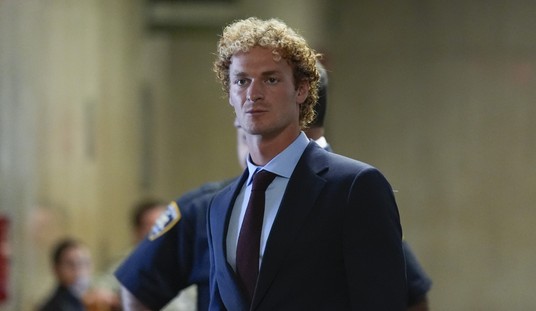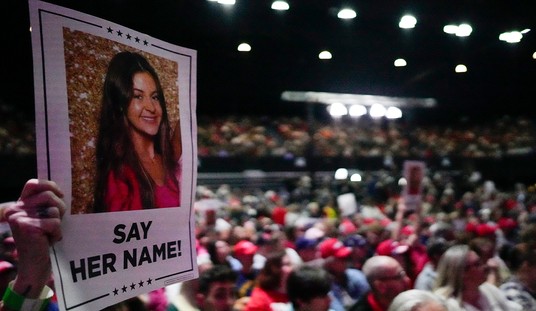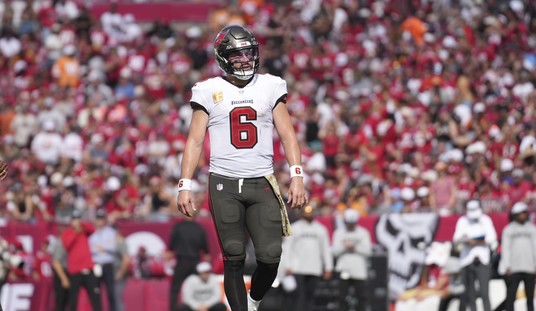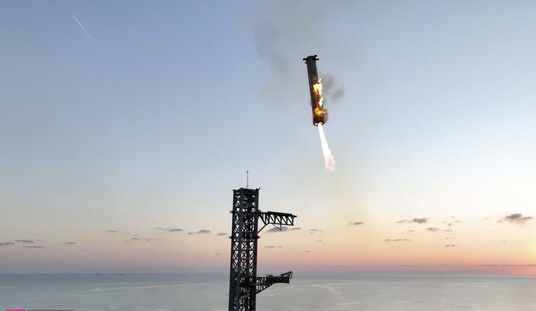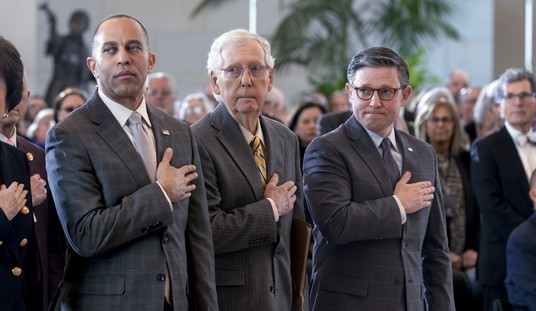With this year marking the 60th anniversary of the James Bond movie franchise, I’m ranking all 26 Bond movies (and the Bonds!).
These lists aren’t meant to be definitive — how could they be? — but to be a fun look back at an iconic series… and maybe engage in some not-too-heated discussion over my worst picks.
Welcome to Part 005: Shaken and Stirring.
These are the Bond flicks elevated beyond mere popcorn thrills, but don’t quite rise to the level of classics.
Shall we begin?
Dr. No (1962)
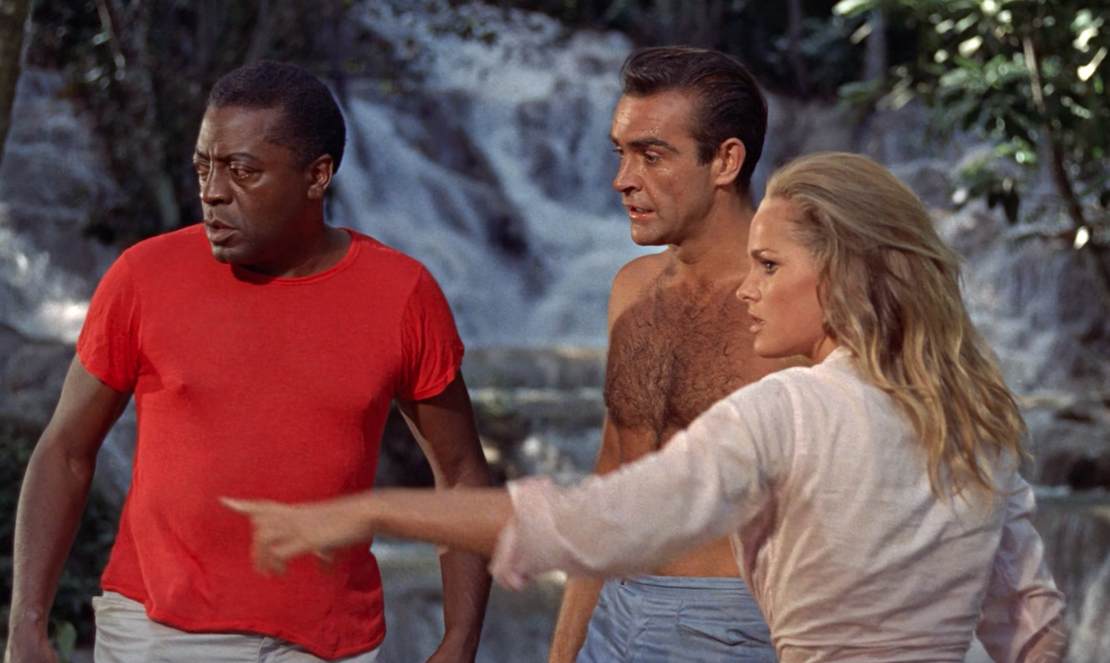
Younger viewers already familiar with Bond, but watching Dr. No for the first time might be wondering “WTF?” for the first few minutes.
There’s no theme song, just some calypso music gracing the opening credits. We don’t even get an opening action sequence. Instead, three blind beggars making their way through Jamaican streets, accompanied by a calypso version of “Three Blind Mice.”
This being the first-ever Bond movie, EON Productions hadn’t yet gelled on all the tropes audiences would come to know and expect, and I suppose to modern eyes, Dr. No starts off lacking.
It’s almost precisely eight minutes before we even see Bond’s face.
But when we are finally introduced to Bond, this is the Bond we know: It’s Sean Connery, lighting a cigarette, winning at baccarat, and flirting shamelessly.
Bond’s assignment: See if the recent murder of a fellow MI6 agent in Jamaica has anything to do with mysterious radio jamming causing failed space launches at Cape Canaveral.
His investigation leads Bond to Dr. No, a renegade Chinese-German scientist. It never seemed quite clear what his motivation was for damaging the American space program, but that’s hardly the point.
The point is, Bond’s investigation also leads him to a bikini-clad Honey Rider, played by Ursula Andress as the world’s first — and still among the very best — Bond girls.
BEST PART: Outrageous supervillain and all, this is a very grown-up movie. There’s none of the camp from the Moore era, and none of the generic gun battles from the Brosnan flicks.
GoldenEye (1995)

GoldenEye was the movie that attempted to answer two questions: What the hell is Bond supposed to do now that the Cold War is over, and was Pierce Brosnan really born to play Bond?
The answer to the first question was very smart: “It’s complicated.”
The answer to the second question was less satisfying: “It’s complicated.”
I’ll address the second question first.
From approximately three minutes into the first episode of the NBC series, Remington Steele, basically everybody with a working TV set agreed that the show’s unknown star would have to be the next James Bond. That was 1982. Contractural issues prevented that from happening until GoldenEye came out in 1995. The “complicated” part is that Brosnan only got one very good Bond script, one passable script, and two stinkers. So was he born to play Bond? Probably, but he seems to have been born either too soon or too late.
Now for that first question, about how to update Bond for the post-Cold War world.
The answer was pretty sharp, actually: Hire Sean Bean to play a disillusioned MI6 agent, 006, Alec Trevelyan. Without the Evil Empire around anymore, Trevelyan figured there weren’t any good or bad guys left. He faked his own death in a mission gone wrong — devastating Bond, who was there — and starts his own little crime syndicate.
“GoldenEye” refers to a WWII operation conceived by Bond author Ian Fleming, the name of his Jamaican estate, and a giant Russian space laser.
Yes, another one.
Anyway, Trevelyan needs the giant space laser to destroy London (and its financial records) so no one will know that he’s electronically stolen billions of pounds.
Spoiler: Bond stops him.
In between, we get Samantha Bond as the new Moneypenny, who possesses all of the original’s (Lois Maxwell) class and wit. She’s just smart and sexy as Bond, and if you think I still have a crush on her, you’re right.
Xenia Onatopp (really) is Trevelyan’s henchman, who kills people by crushing them with her legs. If I have to die violently, please let it be between Famke Janssen’s thighs.
The whole affair ends well, of course, but with Brosnan’s Bond perhaps a little less certain in a more uncertain world.
Brosnan in GoldenEye is, in short, the updated Bond that Timothy Dalton should have gotten, but didn’t. What a shame that though that Brosnan’s next three films wouldn’t live up to the promise. Had Brosnan been given a better shake, I’d be much more tempted to rank this one among the greats.
BEST PART: GoldenEye marked Judi Dench’s first scene-stealing turn as M.
Thunderball (1965)
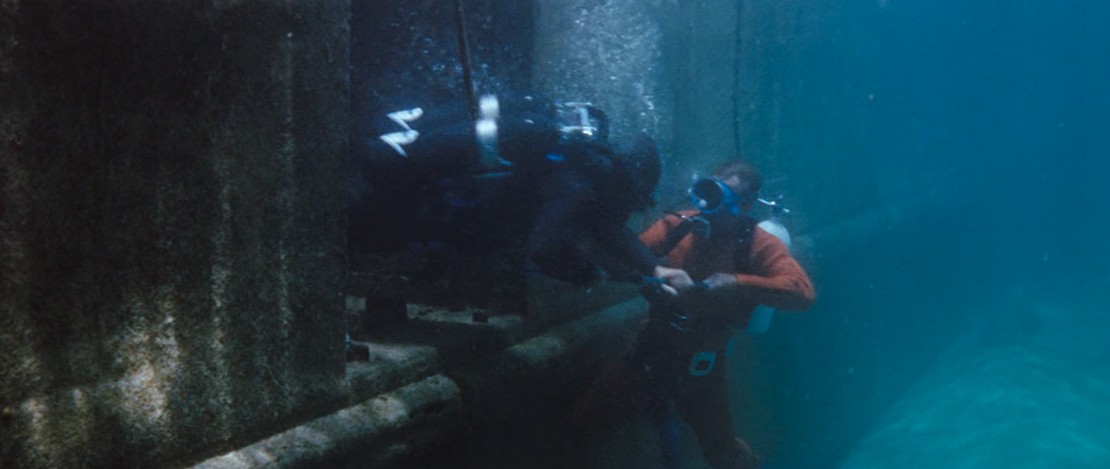
It’s true I’ve criticized other Bond movies for being too big — for relying on big budgets, big special effects, big sets, and unbelievably big plots by unbelievably rich and powerful supervillains.
But the very first time all of that happened in one Bond movie, audiences were thrilled.
Thunderball tripled Goldfinger‘s budget and, as they say, you could see every dollar on the screen.
There’s plastic surgery, underwater speargun battles, a stolen bomber, nuclear warheads, some very fine helicopter flying… I mean, it’s huge.
SPECTRE’s Number Two steals a couple of nuclear warheads — really, who doesn’t? — in one of the most complex Bond heist sequences. Then either the world pays up or SPECTRE nukes a city. You know the drill.
Emilio Largo — Number Two — (Adolfo Celi voiced by Robert Rietty) remains one of the great Bond villains. Connery is in top form, showing none of the boredom that was starting to creep into the actor’s feelings about playing Bond.
Thunderball would later get remade in 1983 as Never Say Never Again, Connery’s long-delayed seventh and final appearance.
The only reason I don’t list Thunderball among the greatest Bond flicks is the underwater sequences. Director Terence Young seems to have fallen a little too in love with being able to film underwater, and those parts of the movie just drag. They’re too long, with lots of swimming around, not enough action, and of course, no dialogue. Worse, too often it’s just too difficult to tell what’s going on.
So close to great, but Thunderball nearly drowned in Young’s ambitions.
BEST PART: Just how ambitious it was. Thunderball might not quite have reached the stars, but not for lack of trying.
Skyfall (2012)
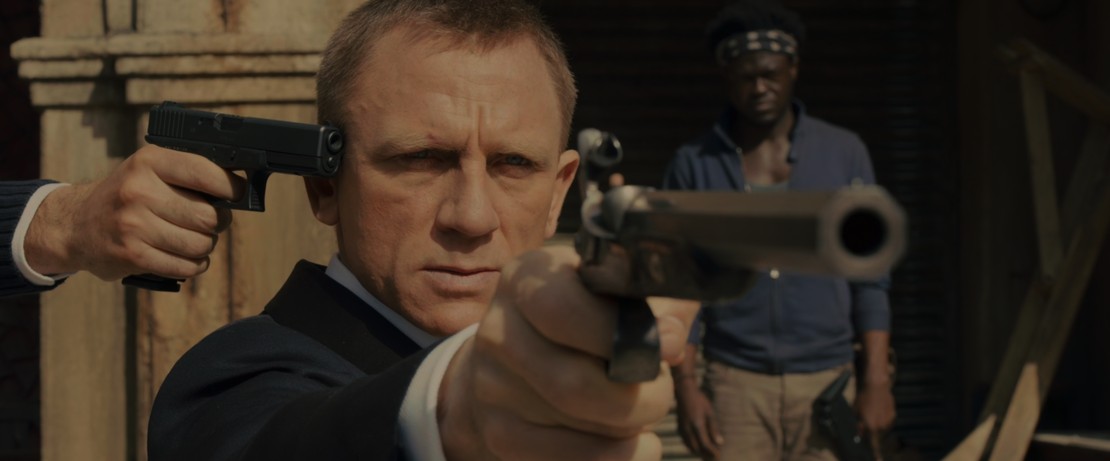
The thing I appreciated most about the Daniel Craig era was EON making Bond into a real(ish) human being, with an actual character arc bending across a number of films.
I’ll get more into this later in this series, but when we meet Craig’s Bond in Casino Royale, he isn’t even a 00-ranked assassin yet. In his second movie, he’s still at loose ends, not quite yet the suave superspy.
In Craig’s third outing, Skyfall, everything we know and love about Bond finally comes together.
And, man, does it ever come together.
Javier Bardem plays Raoul Silva, another disillusioned MI6 agent with a grudge against M (Judi Dench). Silva has one of those overly-intricate plans to get himself caught by MI6, and once inside as a prisoner, make his escape after planting computer bombs that will cripple the agency and put him in a place to murder M.
If the plot is a little too much to be believable, it doesn’t matter. The whole thing is really just an excuse to put Bond and M on the run, ending in a very human-scale fight sequence at Bond’s childhood home in Scotland.
There, Bond confronts his ghosts, both old and new.
It’s a surprisingly personal movie in some ways, and Craig — and the rest of the cast, including the delightful Albert Finney — carries it off with Bond-worthy ease.
Skyfall ends the way most Bond movies get going after the opening credits: With Bond strolling into MI6, flirting with Moneypenny, then entering M’s posh office to receive his next assignment.
It was like going home again and finding everything was just how you remembered and hoped it would be — and EON spent three whole movies getting us there.
That was bold, and with Skyfall they made it pay off handsomely.
BEST PART: As Eve Moneypenny, Naomie Harris doesn’t just bring the class and charm. She’s also given a backstory explaining why she and Bond are so affectionate. Her reveal at the end as more than just “Eve” is one of the film’s many delights.
The Spy Who Loved Me (1977)
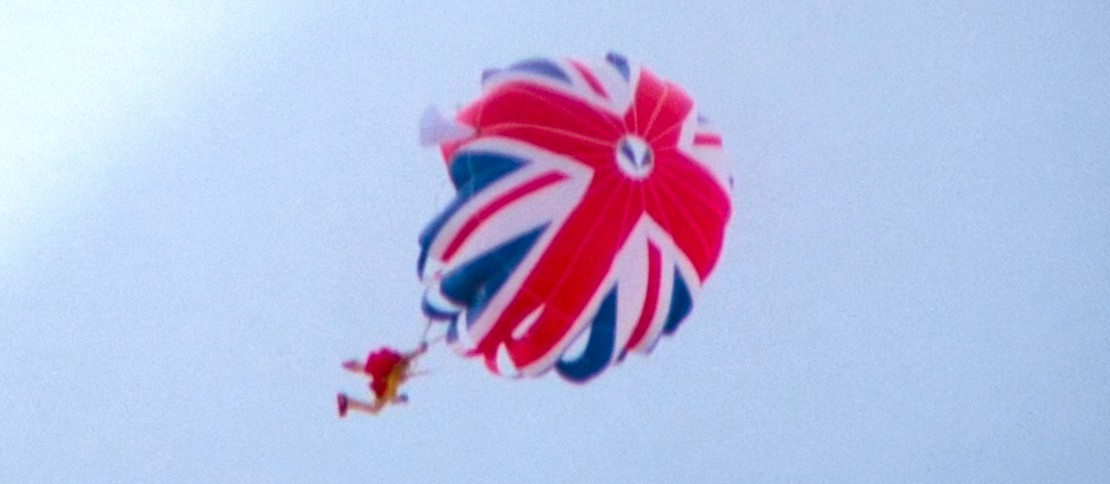
British audiences reportedly went nuts for the opening action sequence, and I’ll admit I did too, to 1977’s The Spy Who Loved Me.
After the critical and box office disappointment of The Man With the Golden Gun, EON took Bond back to basics, making the absolute best of the Moore-era movies.
That opening sequence featured the practically de rigeur Bond Skiing Dangerously, but this time it was bigger and better than ever, thanks to an amped-up budget and improved production techniques.
In the Swiss Alps enjoying the lovely company of a lovely woman who turns out to be an enemy agent, Bond is interrupted by M with an important assignment.
Bond skis out, but his paramour warns a waiting team of skiing gunmen who pursue him down the extremely rugged terrain. It’s amazing how well this sequence holds up today, so well shot that it has barely aged at all.
But what had reserved British audiences shouting was the final part of Bond’s escape, as he skis right off the edge of the mountain, only to open a parachute made to look like a Union Jack flag.
It’s just so unapologetically patriotic, at a dour time when Britain needed a shot of confidence.
Cut from the chase (SWIDT?), and we get a genocidal supervillain named Stromberg (Curt Jürgens). He’s stolen two nuclear-missile submarines — that’s another nicely-turned sequence — one British, one Soviet. He plans to use them to trigger a global thermonuclear war and begin humanity anew in his undersea complex.
Spoiler: Bond stops him.
This is the movie that introduced audiences to steel-toothed villain, Jaws (Richard Kiel).
Bond of course must team up with a Soviet agent, who of course turns out to be the stunningly gorgeous Barbara Bach as Anya Amasova.
And let’s not forget Naomi, Stromberg’s pilot/assassin, played with sexy menace by Caroline Munro.
TSWLM really lacks for nothing, and I very much appreciated Bond working alongside fellow Royal Navy officers and men to foil Stromberg’s plans. There’s a real camaraderie going on that you rarely see in a superspy flick.
The whole thing worked out so well that they practically remade it in 1979 as the very, very bad Moonraker.
The only reason I didn’t rank this one higher is Moore himself. I always wanted to like his take on Bond, but there are seven Bond movies to his credit and only one without at least one serious flaw. If you think TSWLM belongs in Part 006 with the greats, I wouldn’t try to argue.
BEST PART: That parachute gives me a thrill, every time.
Join me next week for Part 006: Bond, Essential Bond.
Also: Ranking the Bond Movies: Part 001 (The Bonds, James Bonds)
Also: Ranking the Bond Movies: Part 002 (The Ones That Really Blofeld)
Also: Ranking the Bond Movies: Part 003 (Neither Shaken Nor Stirred)
Also: Ranking the Bond Movies: Part 004 (Popcorn Thrills)
Also: Ranking the Bond Movies: Part 006 (Bond, Essential Bond)



